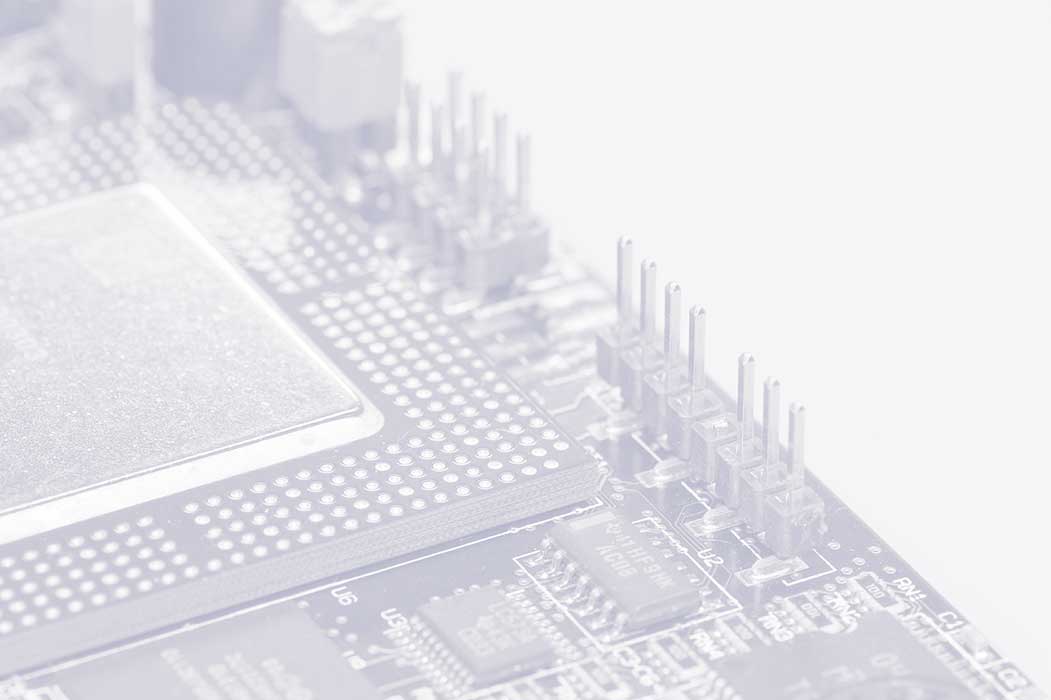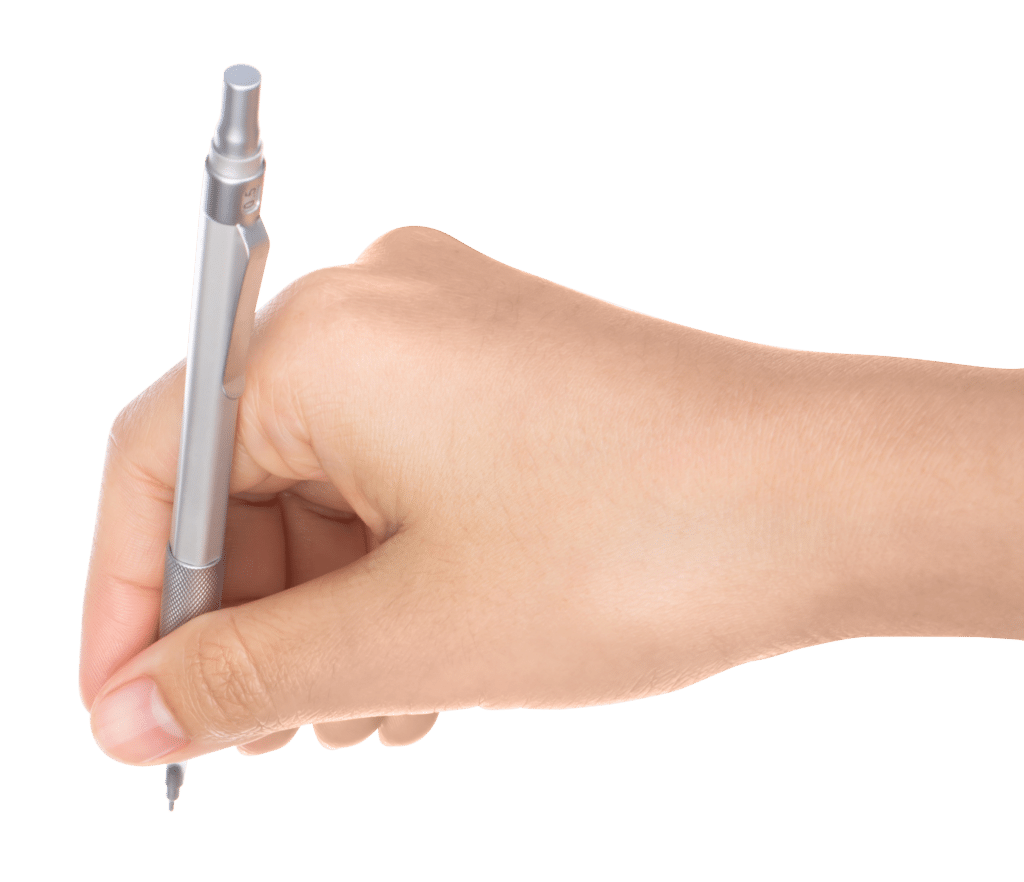
Since Windows 10’s introduction in July 2015, we have been moving to a newer method of pushing out major updates that are arriving every 6 months. To see what “build” level your Windows 10 version is using, type the command: winver in the “Type here to search” field on the taskbar and double click the Winver app that is found. (Note: Build 1803 corresponds with 2018 and 03=March so you know when that update was written).
If your screen doesn’t have that field, you can right click on the start button (white MSFT flag in the bottom left corner) and select Run and type the same command.
This website shows the above steps with the screen shots:
https://www.howtogeek.com/396873/how-to-check-when-your-windows-10-build-is-expiring/
Your build level corresponds with an associated expiration date. To see the exact date your build level expires from support, see the Microsoft article:
https://support.microsoft.com/en-us/help/13853/windows-lifecycle-fact-sheet
One of the interesting notes in the Notes section under the list of expiration dates is that some devices may not be able to run all Windows 10 updates. When you hit this point, it’s now time to update to newer Windows 10 hardware. Some Windows 7 users may be stretching their hardware to the limit since Windows 10 was a free upgrade for the first year (July 2015-June 2016) and Windows 7’s was removed from the retail shelf after 2012, so some of those Windows 7 PCs are approaching their 10th year.
In that amount of time, Intel has released 20 new CPU generations (6 month life cycle, 2 per year, 10 years…), BIOS has changed from Legacy to UEFI, Memory has changed from DDR2/DDR3 to DDR4 and solid state hard drives and storage has arrived.
At the time of this blog (August 2019) and Back To School and model year changes are occurring for most laptops so there are some good deals out there for upgrading. If you need assistance with this process, contact me at mark@weberscomputers.com
